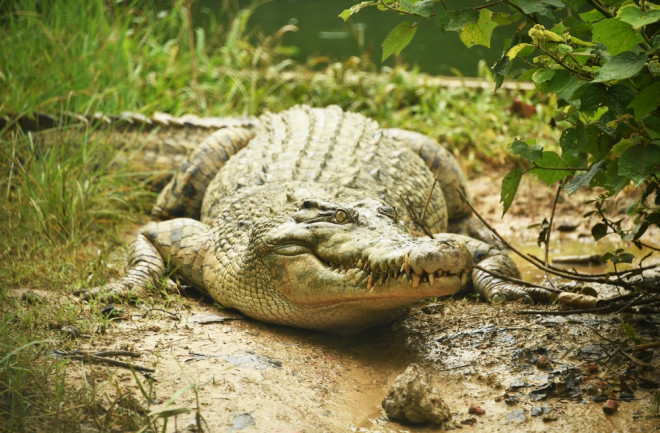When you look at a crocodile, it’s easy to feel like you’re staring into the distant past. These ancient-looking reptiles, with their scaly skin and fearsome teeth, seem like living fossils — creatures frozen in time, unchanged for millions of years.
But despite their prehistoric appearance, animals like crocodiles are not truly evolutionary relics. In fact, they’ve been evolving all along, just not in ways that are immediately obvious.
The Illusion of Living Fossils
The concept of living fossils has long fascinated scientists and laypeople alike. It describes organisms that appear remarkably similar to their ancient ancestors in the fossil record. The term suggests a lack of significant evolutionary change, giving the impression that these creatures have somehow bypassed the forces of natural selection.
However, this notion is more myth than reality. Evolution is an ongoing process, and even seemingly unchanged species are constantly adapting to their environments — albeit in sometimes nearly invisible ways.







